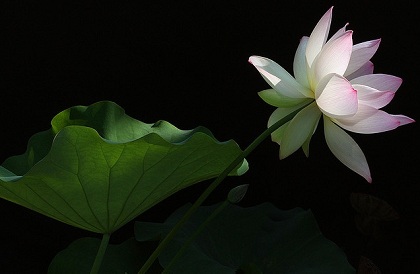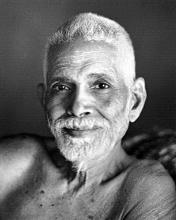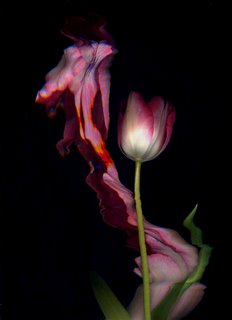Heart of Perfect Wisdom
Unknown
Rochester Zen Center
[From WikiPedia:] The Heart of Perfect Wisdom Sutra or Heart Sutra or Essence of Wisdom Sutra (Sanskrit: प्रज्ञापारमिताहृदय Prajñāpāramitā Hṛdaya; Chinese: 摩訶般若波羅蜜多心經) (the word sutra is not present in known Sanskrit manuscripts) is a well-known Mahāyāna Buddhist sutra that is very popular among Mahayana Buddhists both for its brevity and depth of meaning. Buddhist writer and translator Bill Porter calls the Heart Sutra the best known and most popular of all Buddhist scriptures.
The Heart Sutra is a member of the Perfection of Wisdom (Prajñāpāramitā) class of Mahāyāna Buddhist literature, and along with the Diamond Sutra, is perhaps the most prominent representative of the genre.
The Heart Sutra is made up of 14 shlokas in Sanskrit; a shloka composed of 32 syllables. In Chinese, it is 260 Chinese characters, while in English it is composed of sixteen sentences. This makes it one of the most highly abbreviated versions of the Perfection of Wisdom texts, which exist in various lengths up to 100,000 shlokas. According to Buddhist scholar and author Geshe Kelsang Gyatso in his commentary to the Heart Sutra:
The Essence of Wisdom Sutra (Heart Sutra) is much shorter than the other Perfection of Wisdom Sutras but it contains explicitly or implicitly the entire meaning of the longer Sutras.
This sutra is classified by Edward Conze as belonging to the third of four periods in the development of the Perfection of Wisdom canon, although because it contains a mantra (sometimes called a dharani), it does overlap with the final tantric phase of development according to this scheme, and is included in the tantra section of at least some editions of the Kangyur. Conze estimates the sutra's date of origin to be 350 CE; some others consider it to be two centuries older than that. Recent scholarship is unable to verify any date earlier than the 7th century CE.
The Chinese version is frequently chanted (in the local pronunciation) by the Chan (Zen/Seon/Thiền) sects during ceremonies in China, Japan, Korea, and Vietnam respectively. It is also significant to the Shingon Buddhist school in Japan, whose founder Kūkai wrote a commentary on it, and to the various Tibetan Buddhist schools, where it is studied extensively.
The sutra is in a small class of sutras not attributed to the Buddha. In some versions of the text, starting with that of Fayue dating to about 735, the Buddha confirms and praises the words of Avalokiteśvara, although this is not included in the preeminent Chinese version translated by Xuanzang. The Tibetan canon uses the longer version, although Tibetan translations without the framing text have been found at Dunhuang. The Chinese Buddhist canon includes both long and short versions, and both versions exist in Sanskrit.



